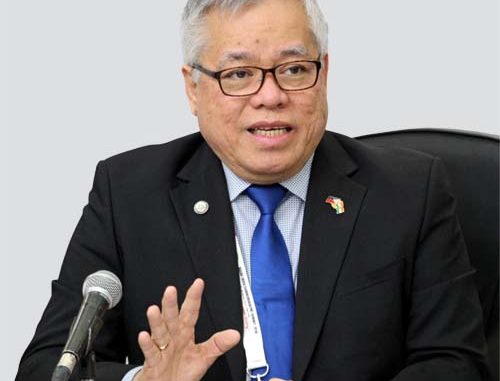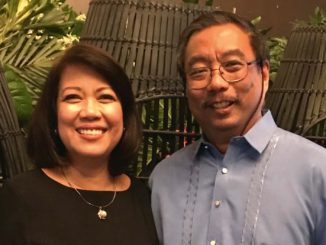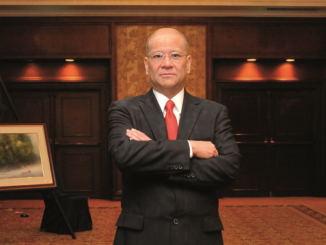
President Duterte says the economy is in the doldrums. He is right.
Duterte said on June 22 that the situation in the provinces had become a problem. Projects were barely progressing. It shows how bad is red tape in the government.
“Interest rates are picking up, are getting high so it destroys the existing [economic gains] … You raise your [interest rate], our [peso value] goes down, theoretically,” the President said in a speech at the National Information and Communications 2018 Summit at SMX Convention Center in Davao.
It still takes at least two months to get an appointment to apply for a passport. You apply today, you get August to September date. You still cannot get your plastic driver’s license and the overpriced medical eye exam remains a sham. You still cannot get your metal car plate. You still cannot get to your place of work in less than two hours of commute, one way.
True, the economy expanded by 6.9% in 2016, and 6.7% in 2017. These are among the highest growth rates in Asia. But this robust growth is a credit primarily to the economy’s intrinsic strength and strong fundamentals.
It is not for lack of money that the government cannot institute drastic reforms and alleviate poverty. This government and this country are awash with cash. The economy is awash with cash.
Where is that money? To start with, the savings rate is 30% of the value of output of goods and services or GDP. GDP is P16 trillion. So 30% of that is P4.8 trillion. With that, we can finance the entire government’s operations for one year and still have P1.1 trillion of excess money.
We have $27 billion in annual OFW remittances. That’s P1.43 trillion. It can finance the entire government infrastructure program in 2019. The P1.43 trillion is twice the infra budget of 717 billion for 2018.
This P1.43 trillion is orphan money because nobody marshals it for productive purposes. The P1.43 trillion thus is marooned inside elegant malls and in forests of condos where a square meter is overpriced at least five times the land’s real value.
In addition, we earn $25 billion from our call centers and business process outsourcing (BPO). That’s another P1.325 trillion.
Moreover, right at the central bank, private banks have parked P3 trillion of private deposits— money the banks are too lazy or too afraid to lend (because the BSP is a much better borrower and you talk to only one guy). If the banks were to lend out the P3 trillion, they would have to employ entire bureaucracies—processing loan applications, interviewing loan applicants, visiting or assessing properties used as collateral, and holding so many meetings to approve the loans.
I once tried to borrow P3 million. I was interviewed by two teams of loan officers over coffee, with three people in each team from the same bank. That’s six people. They told me knowing your client (KYC) is required by the central bank.
So to release P3 trillion loans to individuals, the banks will have employ one million additional loan officers. Why bother then. Go to the BSP, which is also too lazy or too afraid to pressure the banks to release the loans to the public. Besides, there are no more than 5,000 Filipinos who make P5-million income a year and are thus qualified to borrow big-ticket loans. And the banking system is owned by only five people. That is what you call financial inclusion—for the very rich only.
Additionally, the Philippines has $79.2 billion in foreign reserves—money that can pay for importations for a year. That’s another P4.197-trillion money.
So why do your bureaucrats keep courting credit rating agencies to get an investment grade credit rating? We don’t need to borrow abroad. We don’t even need foreign investments.
We have so much money locally. The Philippines is capital-surplus. In fact, the country has been exporting capital, rather than importing, in the past 10 consecutive years.
If the Philippines is awash with so much money and our central bank is that good and (it is among the oldest central banks in Asia), how can you explain the fact that in ASEAN, with the possible exception of Indonesia, the Philippines has the highest inflation rate, the highest interest rates, the highest unemployment, the highest poverty incidence, and the lowest foreign investment inflow and the lowest ranking in ASEAN in Human Development Index or a measure of people’s well-being.
How come out of 1,500 towns, 600 towns do not have a bank branch? How come more than 60 million Filipinos do not have a bank account?
Amid so much liquidity (the techspeak for so much cash), how come 22 million Filipinos wallow in abject poverty?
— Tony Lopez




